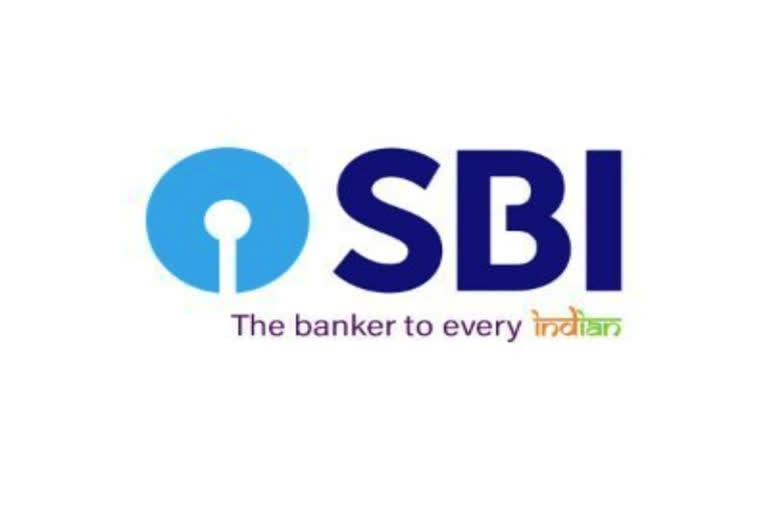New Delhi:The country's largest lender State Bank of India (SBI) has raised its Marginal Cost of funds based Lending Rate (MCLR) by 10 basis points (bps) or 0.1 per cent across all tenures, a move that will lead to an increase in EMIs for borrowers. The lending rate revision by SBI is likely to be followed by other banks in the days to come.
With the increase, EMIs will go up for those borrowers who have availed loans on MCLR, not for those, whose loans are linked to other benchmarks. SBI's EBLR rate is 6.65 per cent, while the repo-linked lending rate (RLLR) is 6.25 effective April 1. Banks add Credit Risk Premium (CRP) over the EBLR and RLLR while giving any kind of loan including housing and auto loans.
The revised MCLR rate is effective from April 15, as per the information posted on SBI website. With the revision, one-year MCLR has increased to 7.10 per cent, from the earlier 7 per cent. An overnight, one-month and three-month MCLR rose by 10 bps to 6.75 per cent, whereas a six-month MCLR increased to 7.05 per cent. Most of the loans are linked to the one-year MCLR rate.
Also read: Covid ravages economies of states, 18 states revise fiscal deficit by 50 basis points
